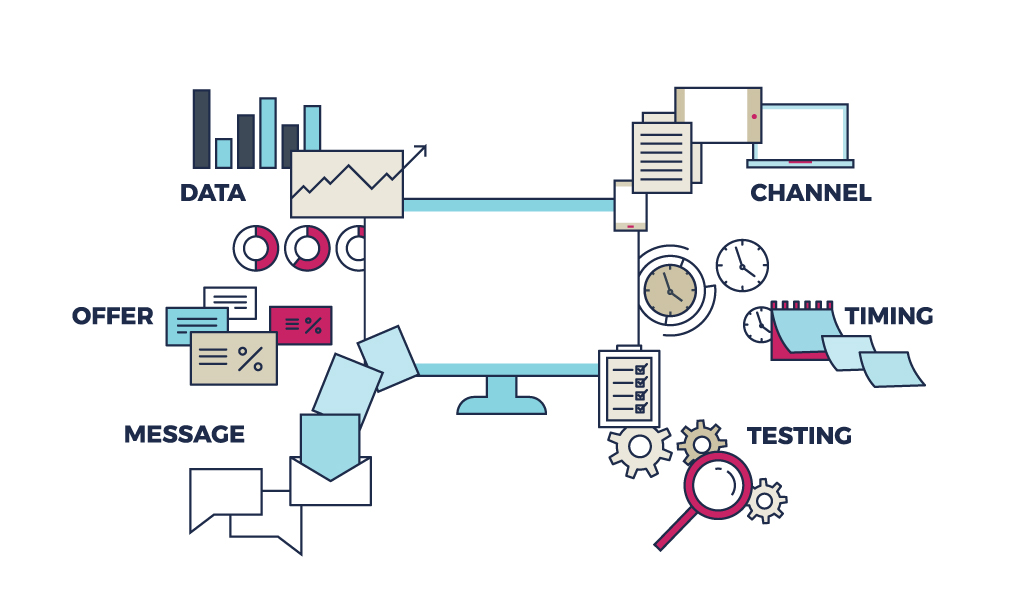Hyper-Personalization in Marketing: 6 Components for Crafting a Successful Strategy
6/6/2022 RRD

Gut instincts only go so far in this business. While you may be convinced that personalized content (what we at RRD call “hyper-personalization marketing”) is the most effective way to attract, retain, and grow customers (improve customer retention), you also need hard proof and a disciplined plan of attack to set the strategy in motion.
Personalization: proven to deliver a powerful return on investment.
According to McKinsey & Company, personalization can deliver five to eight times the ROI on marketing spend, and can lift sales by 10% or more. (Check out more personalization statistics you need to know.)
There’s no doubt that those numbers are impressive — but they require a well-constructed plan to achieve them. At RRD, we start by focusing our clients on six operational components to help them build a winning hyper-personalization marketing strategy.
Optimizing the operational components of hyper-personalization.
 1. Mine your data.
1. Mine your data.
According to an Eloqua Benchmark Report (April 2011), companies with consistent data hygiene processes are generating 700% more inquiries and 400% more leads than companies that don’t. As a result, many brands turn to data management providers to continually remove outdated, incomplete or duplicate information.
2. Craft a personal message.
Hyper-personalization turns data into relevant messaging and offers that best address customer needs. We’ve seen just how effective this is in email marketing, and are proving how the same can be applied to traditional direct mail, as well.
3. Personalize your offer.
Marketo found that 79% of consumers are only likely to take advantage of a brand’s offer when it is personalized to reflect the individual’s previous engagements with the brand. Variable printing from RRD Commercial and Digital Print can deliver the right offer to the right person at precisely the right time.
4. Make use of all channels.
Today’s vast amounts of consumer data, combined with multichannel marketing, can help you create one-to-one relationships with each customer and prospect. Email, websites, and smartphones offer advanced levels of customization and personalization — and those same opportunities now exist in the print world.
5. Timing is everything.
Contextual data — the who, what, when, and where of consumer behavior — can help you better understand the how’s and why’s of audience interaction with your messaging. Applying predictive analytics can also help you better determine optimal times to deliver specific messages and drive desired responses.
6. Test!
Identifying the most compelling elements of your messaging can be challenging. Luckily, usability and multivariate testing can make quantifying the effectiveness of multiple variables in each piece considerably easier. Beyond simple A/B testing, you can gauge the combined effect of several elements at once — such as headlines, images, copy blocks and more — to determine which combinations perform best.
The blueprint for your hyper-personalization marketing strategy starts with our white paper.
If your gut is telling you that your competition is thinking about this too, now is a good time to listen to it. In fact, according to a Forrester study, 94% of marketing professionals identified personalization as “important,” “very important,” or “extremely important” for meeting their current marketing objectives.
Ready to learn more? Contact us to join today’s leading brands capitalizing on the hyper-personalization movement.
Did you like this post? Don’t forget to subscribe to our blog by entering your email in the box to the right.
This post was originally published January 25, 2018.